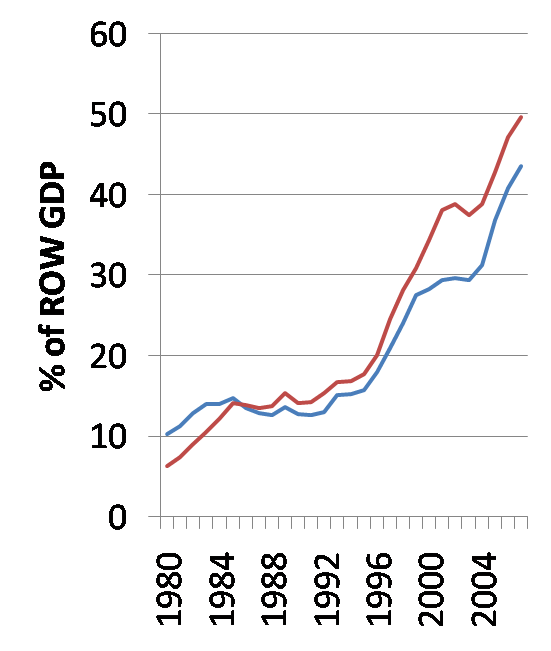Journalist and former bond trader, Michael Lewis (author of classic book Liar’s Poker) writes in Portfolio magazine on The End of Wall Street’s Boom and how finance runs on willful ignorance:
To this day, the willingness of a Wall Street investment bank to pay me hundreds of thousands of dollars to dispense investment advice to grownups remains a mystery to me. I was 24 years old, with no experience of, or particular interest in, guessing which stocks and bonds would rise and which would fall. The essential function of Wall Street is to allocate capital—to decide who should get it and who should not. Believe me when I tell you that I hadn’t the first clue.
I’d never taken an accounting course, never run a business, never even had savings of my own to manage. I stumbled into a job at Salomon Brothers in 1985 and stumbled out much richer three years later, and even though I wrote a book about the experience, the whole thing still strikes me as preposterous—which is one of the reasons the money was so easy to walk away from. I figured the situation was unsustainable. Sooner rather than later, someone was going to identify me, along with a lot of people more or less like me, as a fraud. Sooner rather than later, there would come a Great Reckoning when Wall Street would wake up and hundreds if not thousands of young people like me, who had no business making huge bets with other people’s money, would be expelled from finance.
—
At some point, I gave up waiting for the end. There was no scandal or reversal, I assumed, that could sink the system.Then came Meredith Whitney with news. Whitney was an obscure analyst of financial firms for Oppenheimer Securities who, on October 31, 2007, ceased to be obscure. On that day, she predicted that Citigroup had so mismanaged its affairs that it would need to slash its dividend or go bust. It’s never entirely clear on any given day what causes what in the stock market, but it was pretty obvious that on October 31, Meredith Whitney caused the market in financial stocks to crash. By the end of the trading day, a woman whom basically no one had ever heard of had shaved $369 billion off the value of financial firms in the market. Four days later, Citigroup’s C.E.O., Chuck Prince, resigned. In January, Citigroup slashed its dividend.
…
I called Whitney again and asked her, as I was asking others, whom she knew who had anticipated the cataclysm and set themselves up to make a fortune from it. There’s a long list of people who now say they saw it coming all along but a far shorter one of people who actually did. Of those, even fewer had the nerve to bet on their vision. It’s not easy to stand apart from mass hysteria—to believe that most of what’s in the financial news is wrong or distorted, to believe that most important financial people are either lying or deluded—without actually being insane. A handful of people had been inside the black box, understood how it worked, and bet on it blowing up. Whitney rattled off a list with a half-dozen names on it. At the top was Steve Eisman.
